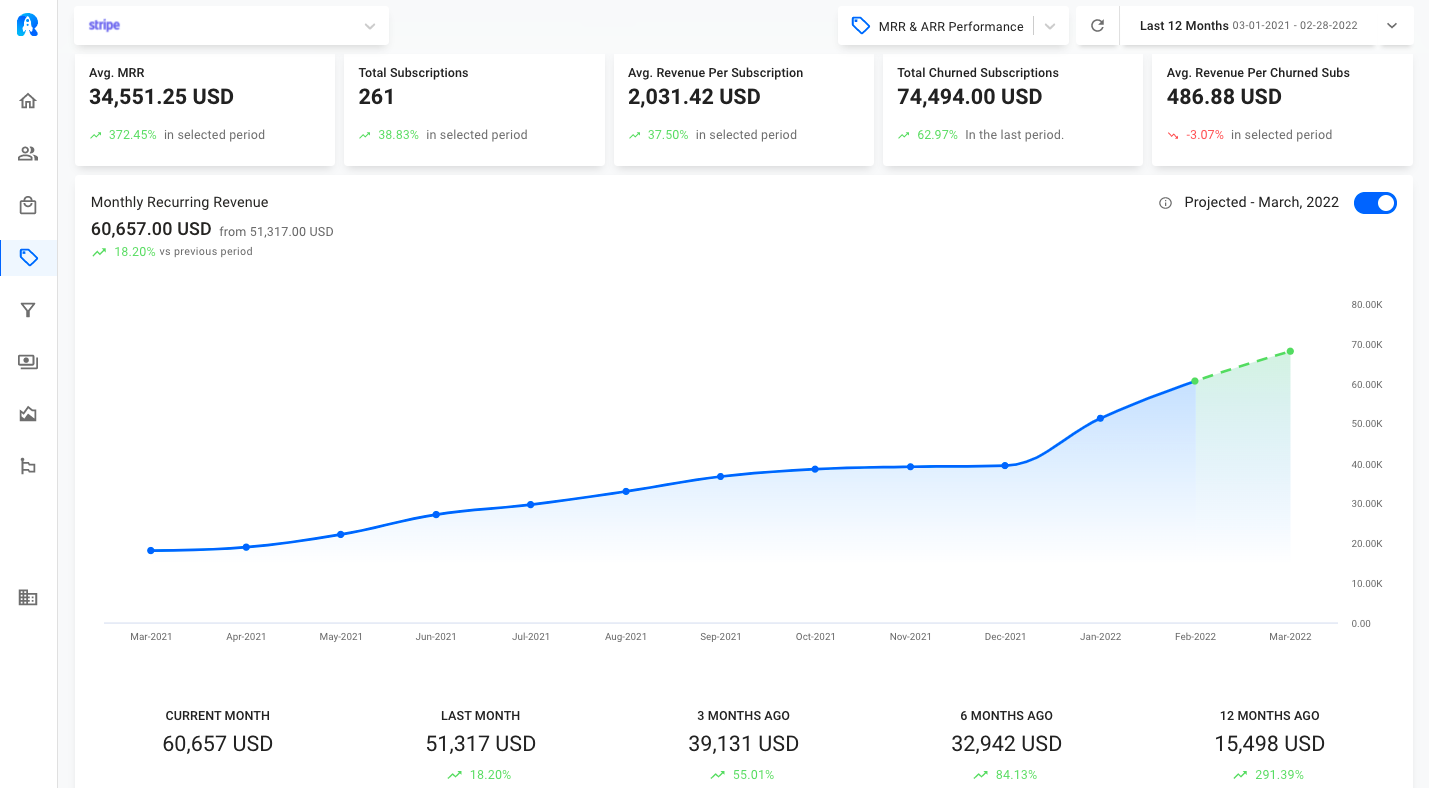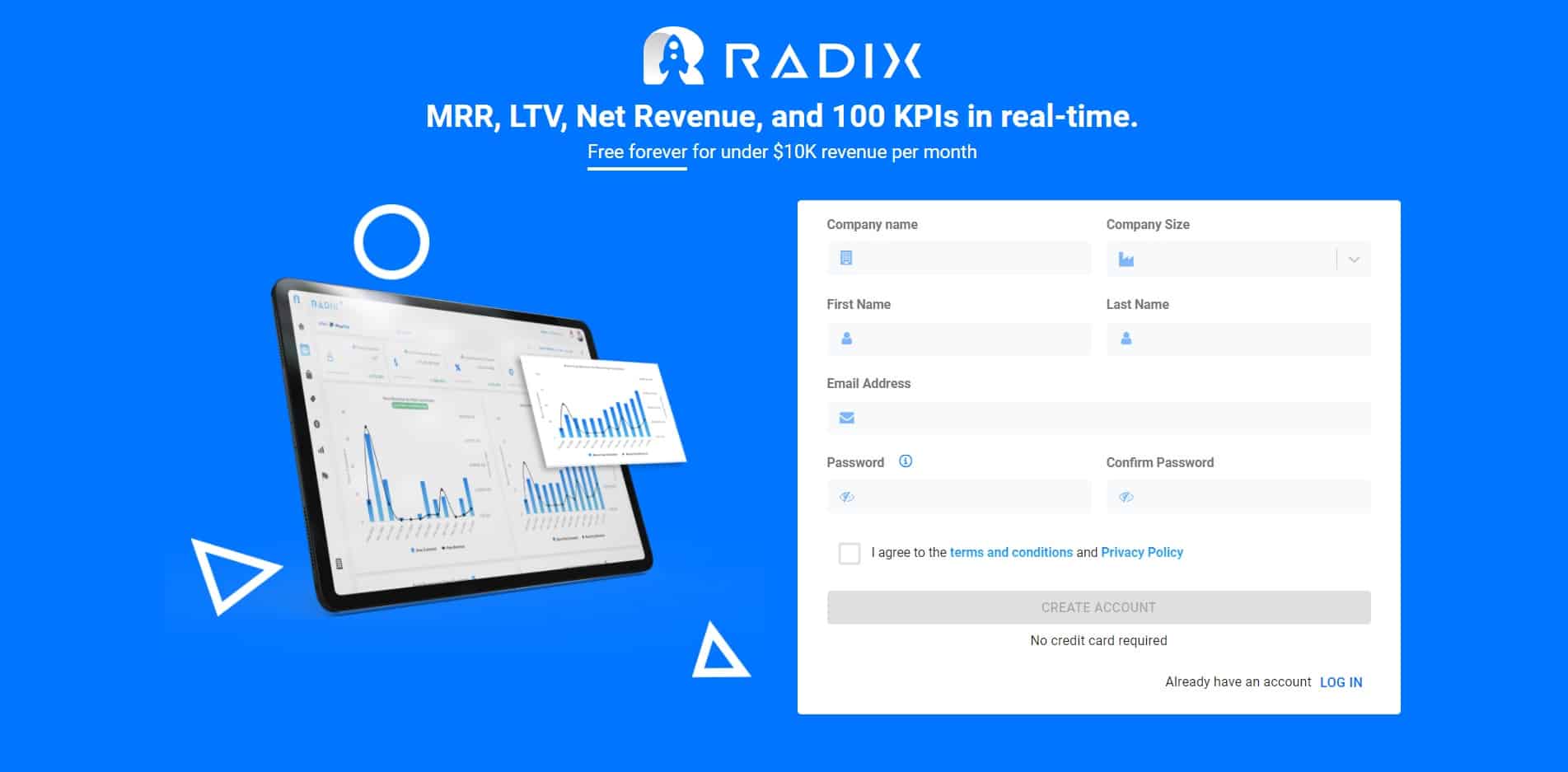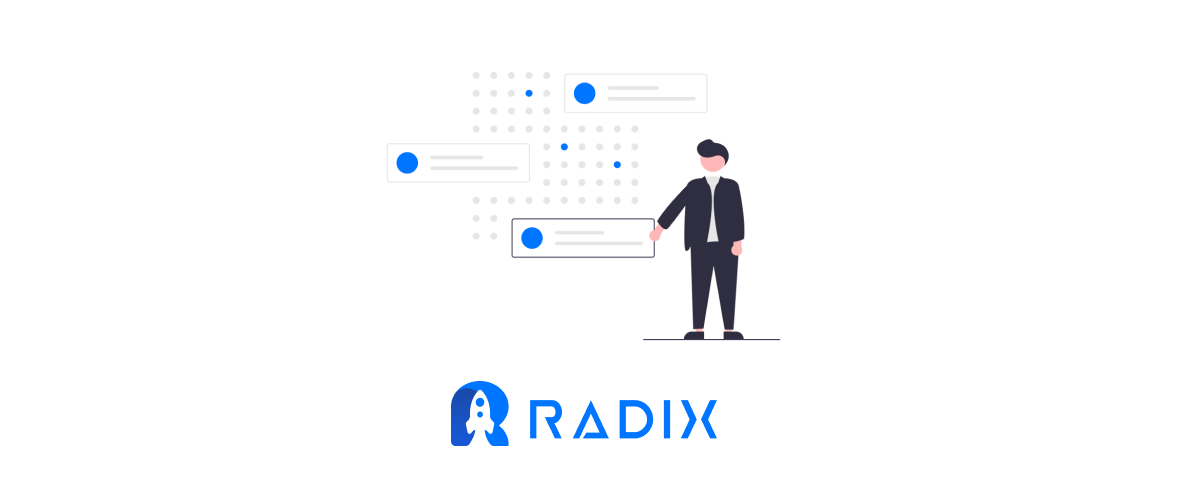Looking for tried-and-true methods to increase SaaS active users?
When it comes to engaging users and boosting the number of daily active users, there are a few things to consider first.
There is good news! This article is here to help.
Let’s get started.
What are SaaS Active Users?
Users that connect in some way with your platform throughout a specified period are considered active users.
More specifically, the category of active users may be divided into three major categories or periods:
- DAU stands for daily active users.
- WAU stands for weekly active users.
- MAU stands for monthly active users.
It is up to you to choose what specific length of time’ means for your company because the ideal active user does not always have to be a daily user. It all depends on whether your software is designed for frequent usage or if a once-a-month engagement is enough to satisfy its objective.
How do you measure SaaS Active Users?
If you want to determine the success of your application and if it delivers enough value to keep users engaged, you should measure daily active users using two key indicators.
- User engagement: the number of active users you have depending on how they interact with your product features.
- User retention: the number of users you keep who do not leave.
Engagement and retention fluctuate depending on the type of app. The mix of user engagement and retention data indicates how sticky your app is.
Analyze user engagement
Begin by analyzing product usage.
Product use analytics is all about analyzing how people engage with your product.
Product use metrics can teach you a lot of things, such as what your platform’s most popular feature is, what problems your users are having, how “sticky” a feature is, and much more.
Measuring the many activities that customers perform in your product can help you in calculating a customer engagement score, which will tell you who your active users are.
Analyze user retention
User retention is a metric that indicates how many users you maintain versus how many you lose in any particular period.
Measuring user retention may appear to be a simple task. Even so, retention rates do not reveal the entire story. Track the five important retention KPIs to get a complete picture of your SaaS customer retention:
- Customer churn rate
- LTV to CAC ratio
- User retention rate
- Customer lifetime value (LTV)
- Net Promoter Score
How to Calculate Daily SaaS Active Users
Many businesses track daily active users as part of a regular check on the health of a product. These analytics show you how quickly you can attract new users and keep them returning.
Active users may be defined differently depending on the platform and usage requirements. Before beginning the analysis, make sure to identify what form of engagement makes a user active for your SaaS business.
For a video-making platform, it may be the act of trying on the video editor; for an email marketing platform, it could be the act of generating an email; and for a booking app, it could be the act of creating an account.
To estimate daily active users, you must first determine the total number of unique users on any given day. Your platform’s daily active users will include both new and returning users.
DAU does not have a technical formula. If all you have is monthly traffic/usage statistics, you may divide the total number of unique visitors (users) by the number of days in the month.
For example, if you have 4000 unique monthly sessions in April, divide that number by 30 to calculate your average daily active users.
Why should you track SaaS active users?
Tracking SaaS active users can help you determine how your product helps your users.
Engagement may not always imply success. There is little question that freemium app users are more inclined to utilize them. Ultimately, you want free users who eventually become paying customers.
If you have great user engagement but just a minority of your active users converts into paying customers, you have a problem and may need to reconsider what you offer in the freemium plan.
Another reason to track the main behaviors of your active users is to guarantee that your platform functions effectively. If there is an issue with your servers, for example, the number of active users is likely to decrease.
7 Strategies for Increasing SaaS Active Users
1) Gamification tactics can help you increase active users and engagement
Gamification may help make the onboarding process more enjoyable.
When there is some progress, the human mind tends to focus more on unfinished tasks. The closer you go to the conclusion, the more you engage.
When a user sees accomplished activities on the checklist, they are more likely to stay.
2) In-App Messages
It is not a good idea to send messages right into the faces of users. This will clog the U, confuse and annoy users, and hurt engagement.
Checklists, modals, tooltips, NPS surveys, and other UI patterns used to communicate in applications are all examples of in-app messaging, but the effectiveness of your in-app marketing (different link) is decided by how relevant your messages are.
To improve user engagement and boost monthly active users, you must focus on localized and timely in-app messaging:
- make it relevant to specific personas and use cases
- guide them to the appropriate stage of the user experience
3) Personalize the onboarding process for each user group
To boost daily active users, begin by customizing the onboarding experience, ensuring that customers quickly find the value of your product.
When a user signs up to try your product, the first thing you should do is welcome them. Make use of a welcome screen to:
- welcome them
- establish realistic expectations for what they can do with your product
- Learn about their role and what they expect so that you can provide appropriate direction.
Once you’ve gathered the data, use segmentation to make the onboarding journey as relevant to each use case as feasible. The objective here is to get users to the activation point as quickly and smoothly as possible.
Create a checklist for each group that motivates users to interact with the key features of your software that are important to them.
4) Show Users relevant & new features
Users stop reading your emails after a while, yet they still spend time on your platform.
In-app announcements are a better way to introduce new features than emails.
You may leverage in-app modals to explain what the new feature is and how it works, as well as ask people to try it out.
Full-screen modals that block the screen behind them should not be used frequently, but they might be useful if you’ve just released a new product feature.
5) Send emails depending on the in-app activity to try to bring them back to the platform
Let’s be honest. Users will leave your product if it does not provide them with any value. This means you’ll need to communicate with customers through other channels as well and provide them solid reasons to use your software again.
Focus on writing unique email copy that highlights specific benefits for each use case. Users will have a persuasive motive to interact with your product again as a result of this.
You can also send the following kind of behavioral emails:
Welcome emails: They’re one of the most effective methods to promote your product and establish a relationship between your brand and the user.
One-time emails: This type of email is the greatest approach to give a more complete presentation of a new feature without causing in-app interruptions.
Emails with educational content: Teach your users about the qualities and advantages your software provides. This will help customers get the most out of your software over time, and it will encourage frequent use.
6) Remove features that users do not find useful
Some of your platform’s features may not be useful to your users. Getting rid of non-value-added features is an efficient method to enhance your product and focus your app development on features that people genuinely want and need.
Tips:
- Make sure your preliminary research is thorough, and that the new feature adds value to the user experience.
- Avoid developing additional features that may act as a substitute or complimentary product to what your people enjoy.
- Have a broader understanding of what your users genuinely desire. Avoid developing functionality for a single customer.
7) Gather and act on feedback
Use customer satisfaction surveys to determine how simple it is for people to use the feature and to judge the overall experience. This helps you in determining what is driving value in the product and what is producing friction.
Taking action on these insights will increase user engagement and increase the number of active users.
Conclusion
One of the best things you can do to ensure the success of your product is to consistently increase the number of SaaS active users. Users will continue to pay for your software if it continues to engage them and give them value.
- Discover who your platform’s daily active users are.
- Learn how to quantify them.
- Make use of the metrics.
If you want to start tracking and analyzing user retention metrics and more, use Radix. Boost SaaS active users and reduce churn!

(Not Credit Card Required)

Read more:
How to Grow a Cool SaaS Business
8 Strategies to Increase your Free Trial Conversion Rate
15 Ways to Reduce Churn: Radix Edition
Improve MRR Performance:10 Tips for Improving Your MRR for Better Business Growth





